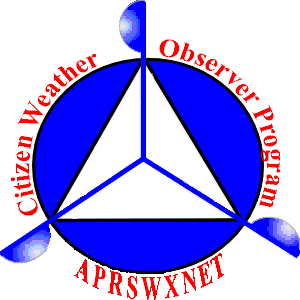Copernicus Atmosphere Monitoring Service
North America impacted by extensive wildfires

Every year Canadian forests are affected by strong and extensive fires emitting large amounts of smoke into the atmosphere. This month the fire activity seems to be even stronger than usual and the smoke plumes are covering large parts of Canada and the United States.
The Copernicus Atmosphere Monitoring Service (CAMS) routinely monitors emissions of smoke particles (biomass burning aerosol) and other atmospheric pollutants, such as carbon monoxide, using observations from the MODIS satellite instruments. The GFAS algorithm produces daily global maps of all detectable fires and their emissions. These emission estimates are then fed into CAMS’ global forecasting system for atmospheric composition producing daily 5-day forecasts of the smoke plumes. These forecasts are further constrained by merging the information from the model with aerosol and carbon monoxide observations from the MODIS, MOPITT and IASI instruments.
The current 5-day forecast shows that this smoke is affecting large parts of Canada and the United States and some of it might reach Europe in the coming week, although the atmospheric flow is currently keeping most of the smoke over North America. How much of the smoke will potentially affect visibility and/or air quality over Europe will become clearer next week and depends to a large extent on the development of the meteorological situation during the coming days. Daily forecast of biomass-burning aerosol and carbon monoxide are available on the CAMS web site.











